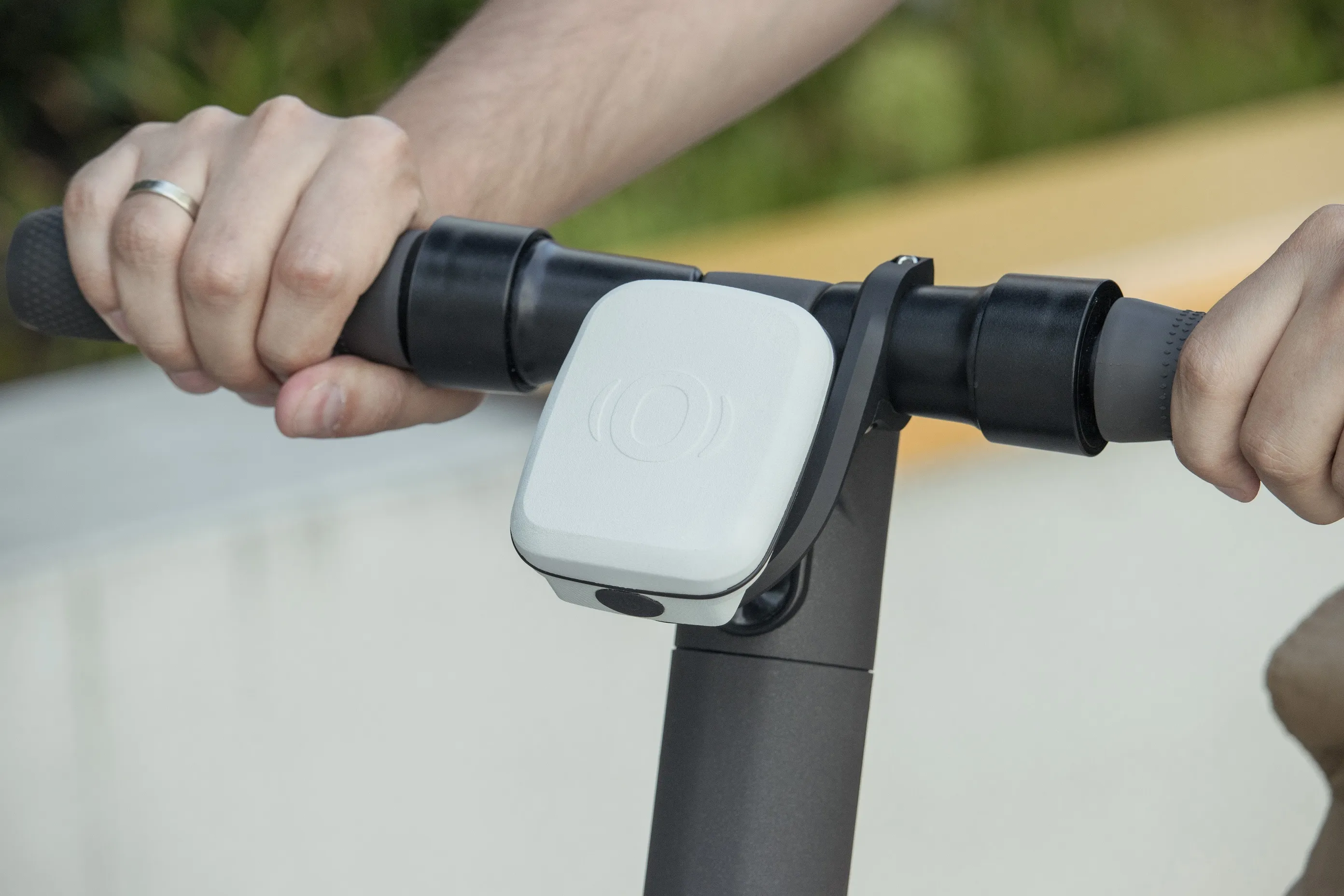
Commsignia has released a lightweight Vehicle to Everything (V2X) device designed to be fitted to micromobility vehicles such as electric bikes and e-scooters.
The OBU Lite is primarily aimed at manufacturing partners, Commsignia says, and broadcasts messages about a rider's position and direction to other road users.
It also receives messages from other vehicles, so that the rider can be alerted to potential hazards by visual or audio notifications.
The company points to figures from NHTSA which suggest that road deaths among cyclists "are rising at an alarming rate", with fatalities up 11% in 2022.
"V2X-enabled cars, bicycles and other road users are aware of each other without being in each other's line of sight, and this mutual awareness means people can make better decisions and avoid injuries from risky or unexpected situations," the company adds in a statement.
It highlights another study, this time by IIHS, which says 40% of road crashes are caused by poor driver judgment, with errors in perception and detection alone accounting for 23% of crashes.
The OBU Lite is equipped with Commsignia's automotive grade V2X software stack with security which is already used by car manufacturers.
Commsignia provides several road safety applications specifically built for providing reliable connection between bicycles and motorised vehicles to prevent the most common crashes.
Its V2X applications include intersection movement assist; backward collision warning, lane change assist and reverse blindspot warning.
A recent Commsignia poll found that over 50% of people would like to have V2X technology in their vehicle, with more than three-quarters of respondents expressing worry about bicyclists and e-scooter riders unexpectedly riding into traffic as they are driving.
Commsignia says it is working with partners in the bicycle industry to integrate the technology and expects mass market roll-out "in the coming years".
"We are very happy to see that bicycle OEMs and component manufacturers are interested in our V2X-based solutions, because together we can solve traffic problems once and for all," says Szabi Patay, CEO of Commsignia.









